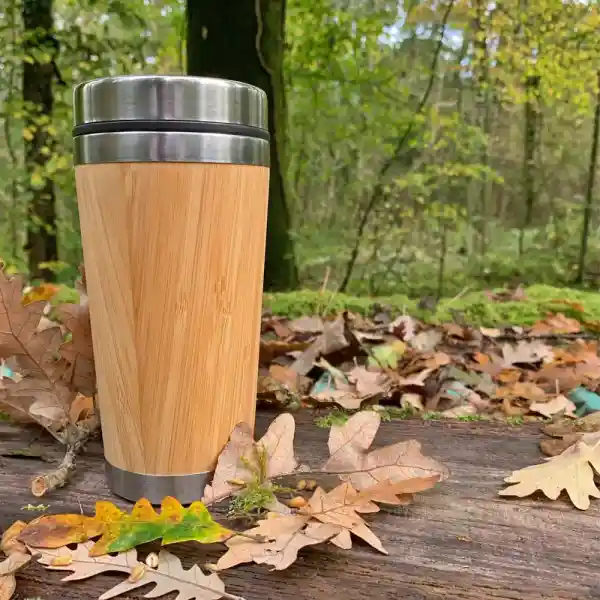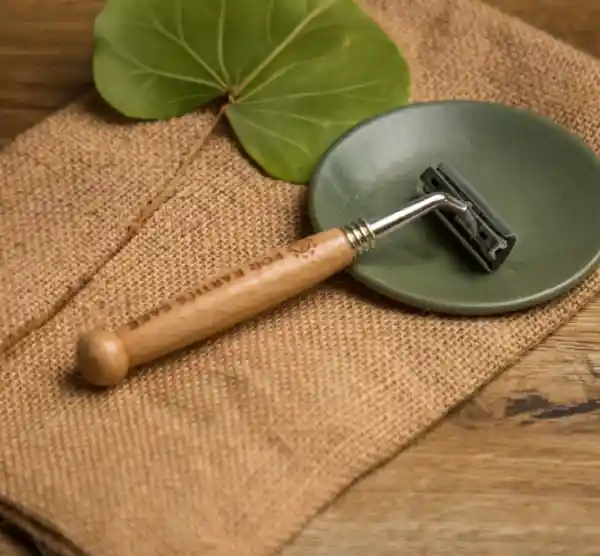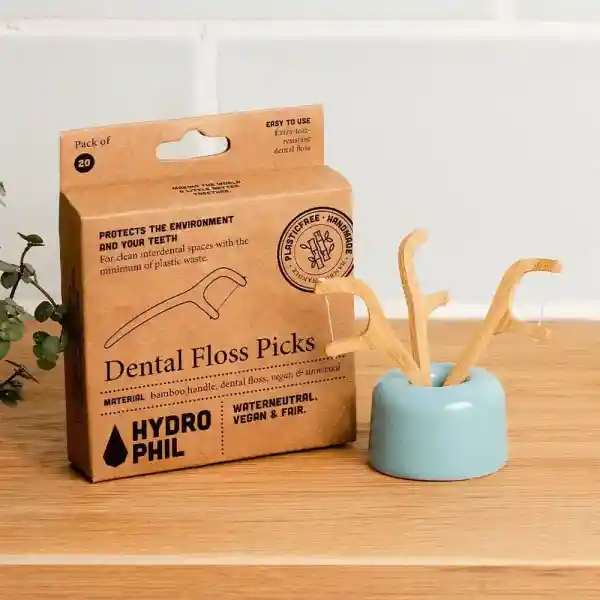The Role of Bamboo Products: Essential or Optional?
The Role of Bamboo Products: Essential or Optional?
In today’s push for sustainable living, bamboo products have emerged as symbols of eco-friendly choices. From toothbrushes and cutlery to furniture and textiles, bamboo has become a popular material associated with green lifestyles. But as we examine these products more critically, a question arises: are bamboo products true innovations, or are they simply material swaps without substantial benefits? With economic pressures and growing environmental awareness, many bamboo products now feel more like “nice-to-haves” than necessities. So, what should be the role of bamboo products in the future?
Why Are Bamboo Products Seen as Eco-Friendly?

1. Bamboo’s Natural Benefits
Bamboo grows incredibly fast—some species can grow several feet in a single day. Unlike trees, bamboo regenerates after being harvested, reducing the need for replanting. It also absorbs more carbon dioxide and releases more oxygen than many other plants, making it an excellent renewable resource.
2. A Symbol of Sustainability
Choosing bamboo products often feels like making an environmentally responsible decision. For many, these items reflect a desire to embrace a more natural, minimalistic lifestyle. The aesthetic appeal of bamboo adds to its charm, giving people a sense of contributing to sustainability while enjoying a stylish product.
3. Policy and Market Trends
With bans on single-use plastics in many regions, bamboo has found a ready market as a biodegradable alternative. Products like bamboo straws, plates, and utensils cater to this demand, making bamboo a key player in the fight against plastic pollution.
The “Nice-to-Have” Problem

Do you think the bamboo cup is an environmentally friendly product?
1. Limited Practical Advantages
Many bamboo products offer little to no functional improvement over existing materials:
- Bamboo Plates and Utensils: These are biodegradable, but they can’t match the durability or affordability of plastic or the aesthetic and sturdiness of ceramic.
- Bamboo Towels and Textiles: While marketed as antibacterial, they often underperform compared to cotton in terms of absorbency and durability.
- Bamboo Tech Accessories: Items like bamboo keyboards and phone cases may look unique, but they lack the robustness and longevity of their plastic or metal counterparts.
2. Hidden Environmental Costs
Despite its eco-friendly image, producing bamboo products isn’t always green:
- Energy-Intensive Processing: Transforming raw bamboo into fibers or polished products often requires significant energy and chemical treatments, which can offset its environmental benefits.
- Long-Distance Shipping: Many bamboo products are made in Asia and shipped worldwide, increasing their carbon footprint.
3. Consumer Behavior in Hard Times
As economic challenges grow, consumers prioritize essentials. Bamboo products, often priced higher than alternatives, are less likely to make the cut unless they offer clear advantages. Items like bamboo organizers, trays, or pen holders—while aesthetically pleasing—may be seen as optional luxuries rather than necessities.
Why Are Bamboo Products Stuck in Limbo?

Do you think bamboo razors solve any environmental problems?
1. Lack of Innovation
Most bamboo products are simple material swaps. They rarely address real pain points or offer meaningful improvements. For instance, bamboo combs aren’t necessarily stronger or more effective than plastic or wooden ones, and bamboo toothbrushes often face criticism for their short lifespan.
2. Consumer Skepticism
As consumers become more informed, they question whether bamboo products truly deliver environmental benefits. A product labeled “eco-friendly” but requiring significant energy or chemicals to produce may be seen as greenwashing rather than a genuine step forward.
3. Cost vs. Accessibility
Bamboo products often cost more due to higher production expenses. In a tight economy, this price gap becomes a barrier for many consumers, pushing them toward cheaper, more familiar options.
How to Make Bamboo Products Truly Indispensable

Do you think the high production cost of this environmentally friendly dental floss deviates from its environmentally friendly nature?
1. Focus on Functionality
To compete effectively, bamboo products must solve real problems or outperform alternatives. For example:
- Bamboo kitchen tools could incorporate heat-resistant designs.
- Durable bamboo textiles could combine strength with natural antibacterial properties.
2. Be Transparent About Environmental Impact
Consumers trust brands that are honest. Companies should provide data on the carbon footprint, energy use, and overall sustainability of their bamboo products. For instance, labeling items with their full lifecycle environmental benefits could reassure buyers.
3. Make Bamboo Affordable
Lowering costs through better production methods or offering multipacks can make bamboo products more accessible. This would help bridge the gap between eco-conscious ideals and economic realities.
4. Add Emotional Value
Bamboo products could tap into their cultural and environmental heritage. For example, tying purchases to tree-planting initiatives or showcasing traditional bamboo craftsmanship could create a deeper connection with consumers.
5. Work with Policies and Advocates
Bamboo companies can partner with governments or NGOs to promote sustainable consumption. Subsidies, tax breaks, or inclusion in zero-waste campaigns could make bamboo products more appealing and affordable.
Conclusion: Redefining Bamboo’s Role
The rise of bamboo products reflects a growing desire for sustainable living. However, to move from “nice-to-have” to “must-have,” these products need more than just a green label. They must deliver real value through innovation, affordability, and proven environmental benefits.
In the long run, sustainability isn’t just about choosing bamboo or any other material. It’s about reducing waste, improving efficiency, and making thoughtful, informed choices. Bamboo products can play an important role in this journey, but only if they evolve to meet the practical and ethical expectations of modern consumers.
Portfolio Categories
Share This Post, Choose Your Platform!
Quick Glance
